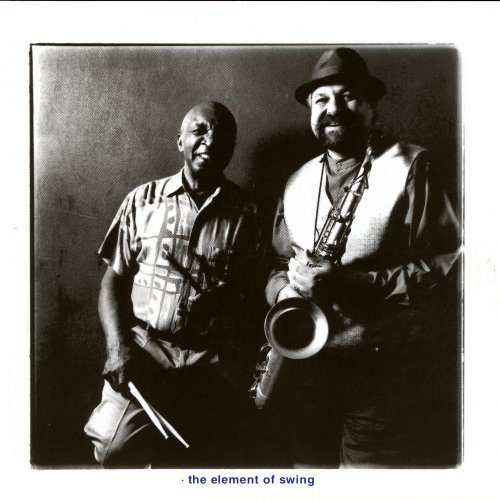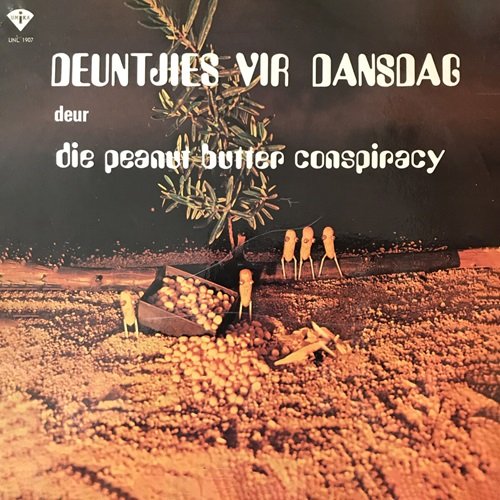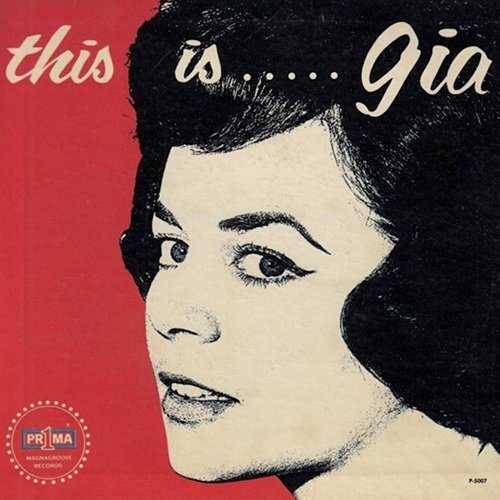Leif Ove Andsnes, Norwegian Chamber Orchestra - Haydn: Piano Concertos Nos. 3, 4 & 11 (2005)
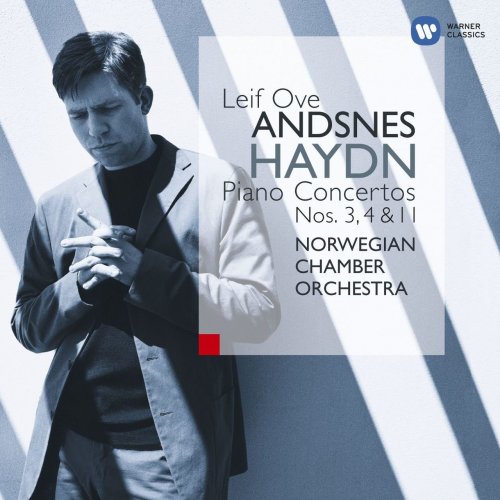
Artist: Leif Ove Andsnes, Norwegian Chamber Orchestra
Title: Haydn: Piano Concertos Nos. 3, 4 & 11
Year Of Release: 2005
Label: EMI Classics
Genre: Classical
Quality: FLAC (image+.cue,log,scans) / FLAC (tracks)
Total Time: 53:35
Total Size: 201 Mb / 199 Mb
WebSite: Album Preview
Tracklist: Title: Haydn: Piano Concertos Nos. 3, 4 & 11
Year Of Release: 2005
Label: EMI Classics
Genre: Classical
Quality: FLAC (image+.cue,log,scans) / FLAC (tracks)
Total Time: 53:35
Total Size: 201 Mb / 199 Mb
WebSite: Album Preview
Piano Concerto No. 4 In G, Hob. XVIII:4
1. I: Allegro 7:44
2. II: Adagio 6:35
3. III: Finale (Rondo - Presto) 3:39
Piano Concerto No. 3 In F, Hob. XVIII:3
4. I: Allegro 8:27
5. II: Largo Cantabile 4:59
6. III: Finale (Presto) 3:53
Piano Concerto No. 11 In D, Hob.XVIII:11
7. I: Vivace 7:25
8. II: Un Poco Adagio 6:28
9. III: Rondo All'Ungarese (Allegro Assai) 4:24
Performers:
Leif Ove Andsnes (piano)
Norwegian Chamber Orchestra
Terje Tonnesen (conductor)
Like Emanuel Ax on Sony, Leif Ove Andsnes confines himself to the three concertos that have been fully authenticated.
Had the works generally known as 'the Haydn piano concertos' been these three and not a rag-bag of juvenilia and pieces attributed to Haydn, the canon might have been more highly thought. But even the slightest work can dazzle and delight if it's performed as well as these are here. Where Ax's performances have a slightly monochrome feel, everything tapped out (there's much audible fingerwork) with the same well-adjusted mix of energy and sensibility, Andsnes's playing is altogether more various, while perfectly at one with itself stylistically. Ax's Franz Liszt Chamber Orchestra is the more idiomatic of the two ensembles in the D major Concerto's Rondo all'Ungarese, but that's about the only occasion on which it has the edge over Andsnes's stylish and highly articulate Norwegian Chamber Orchestra; and even here Andsnes himself scores points for a less noisy plunge into the interlude in D minor and a more sunlit and finely flighted way with the episode which follows. The Norwegian players are never afraid to play full out, a strategy which the explicit but carefully balanced recording is happy to underwrite. Thus the players make much of the 'look here, young man' chromaticisms in the first movement of the D major Concerto as the piano chatters irrepressibly on; and they contribute decisively to the superbly articulated – nay, revelatory – performance of the G major Concerto with which the disc begins. After a splendidly jaunty account of the first movement, Andsnes pushes this G major Concerto to its limits with a decidedly skilfully shaped account of the glooming C major slow movement and a dashing account of the concluding Presto. His playing of the Largo cantabile of the F major Concerto – the concerto's centrepiece and its raison d'être – is the very embodiment of sweetness and light. This is a simply marvellous disc.
Had the works generally known as 'the Haydn piano concertos' been these three and not a rag-bag of juvenilia and pieces attributed to Haydn, the canon might have been more highly thought. But even the slightest work can dazzle and delight if it's performed as well as these are here. Where Ax's performances have a slightly monochrome feel, everything tapped out (there's much audible fingerwork) with the same well-adjusted mix of energy and sensibility, Andsnes's playing is altogether more various, while perfectly at one with itself stylistically. Ax's Franz Liszt Chamber Orchestra is the more idiomatic of the two ensembles in the D major Concerto's Rondo all'Ungarese, but that's about the only occasion on which it has the edge over Andsnes's stylish and highly articulate Norwegian Chamber Orchestra; and even here Andsnes himself scores points for a less noisy plunge into the interlude in D minor and a more sunlit and finely flighted way with the episode which follows. The Norwegian players are never afraid to play full out, a strategy which the explicit but carefully balanced recording is happy to underwrite. Thus the players make much of the 'look here, young man' chromaticisms in the first movement of the D major Concerto as the piano chatters irrepressibly on; and they contribute decisively to the superbly articulated – nay, revelatory – performance of the G major Concerto with which the disc begins. After a splendidly jaunty account of the first movement, Andsnes pushes this G major Concerto to its limits with a decidedly skilfully shaped account of the glooming C major slow movement and a dashing account of the concluding Presto. His playing of the Largo cantabile of the F major Concerto – the concerto's centrepiece and its raison d'être – is the very embodiment of sweetness and light. This is a simply marvellous disc.
[center][/center]
![Clifton Chenier - Black Snake Blues (1986 Edition) (1986) [Hi-Res] Clifton Chenier - Black Snake Blues (1986 Edition) (1986) [Hi-Res]](https://img.israbox.com/img/2025-12/20/5hzj0ndlb0r4b8ignhx86mdc7.jpg)
![Don Cherry, Nana Vasconcelos & Collin Walcott - Codona (1979/2025) [Hi-Res] Don Cherry, Nana Vasconcelos & Collin Walcott - Codona (1979/2025) [Hi-Res]](https://www.dibpic.com/uploads/posts/2025-12/1765970766_cover.jpg)
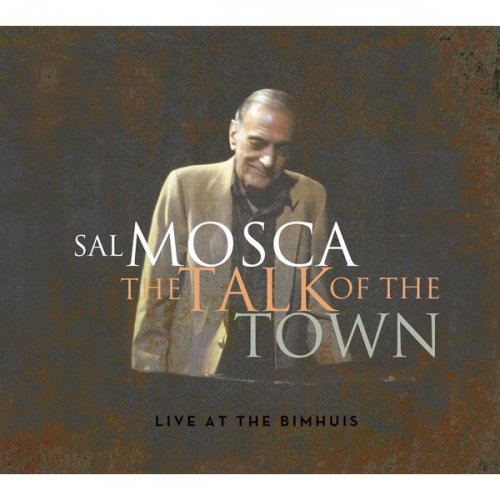
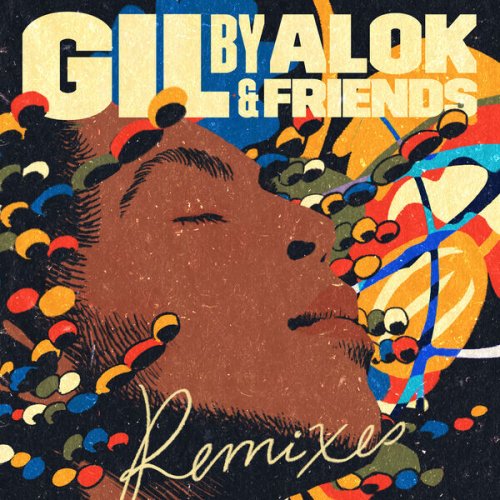
![Clifton Chenier - Live at the San Francisco Blues Festival (Live) (1985) [Hi-Res] Clifton Chenier - Live at the San Francisco Blues Festival (Live) (1985) [Hi-Res]](https://img.israbox.com/img/2025-12/20/1okh4wxr3ose6s79w4nxw7vzi.jpg)
